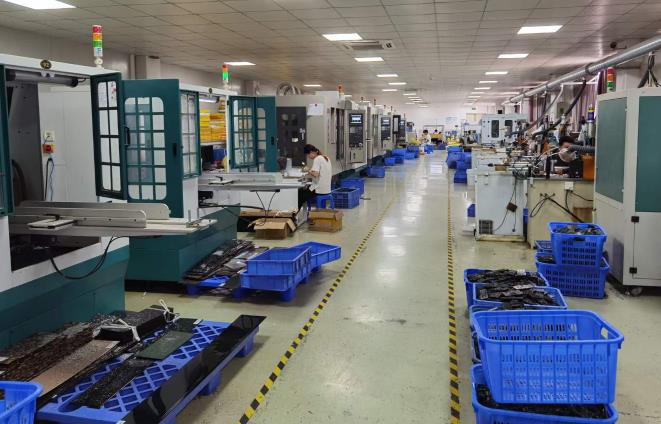Mold shell
Shenzhen Newei Industrial Co., Ltd. integrates excellent upstream and downstream suppliers to provide customers with professional mold and injection molding services, support 3D sampling, small-scale trial production verification, and large-scale production. We can produce product designs that include polypropylene, nylon, polyetherimide, stainless steel, and a range of additional materials. We have solutions that meet your application needs.
Why choose our injection molding service?
Quickly adapt to the needs of your market sales and coordinate with the needs of your supply chain, The stable supply of internal molds and parts makes the stability of injection molded products very high. Production front axle connection tooling, Emergency parts inventory, offsetting various internal abnormal issues. No MOQ, Mass customization of product lines, rapid iteration of part design, acceleration of product upgrades, and responsiveness to the market. We regard the mold shell as an important link in EMS electronic manufacturing, and provide customers with fast and cost-effective mold shell production services through professional partners and centralized procurement.






